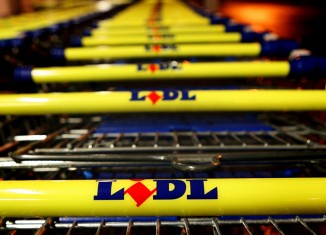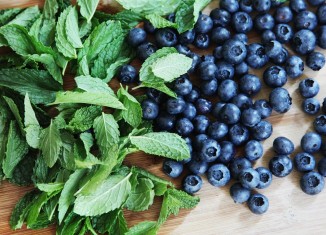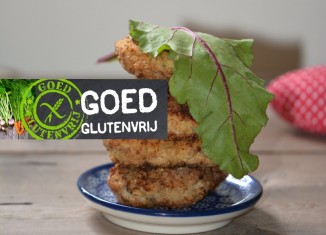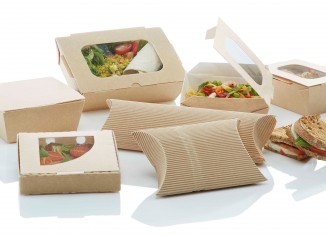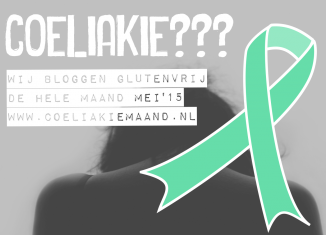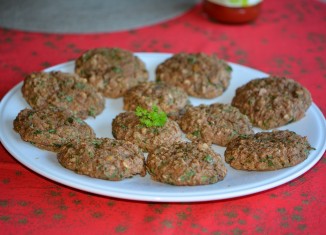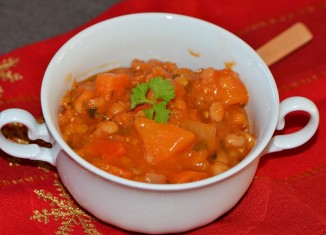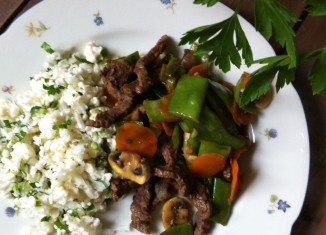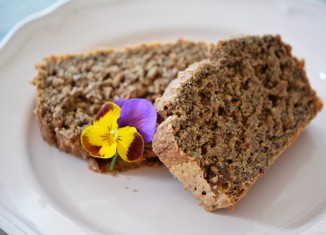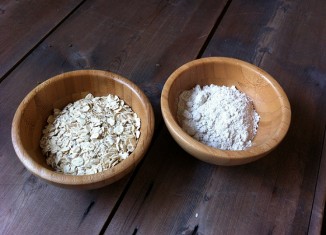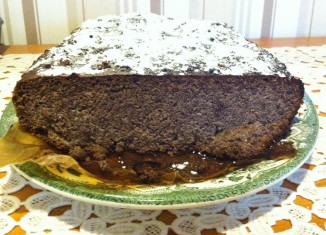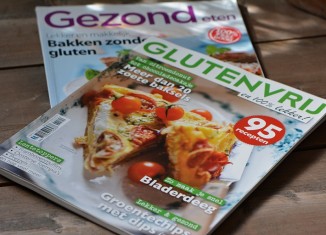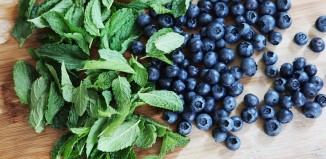Non-celiac people often don’t know what gluten is nor where it can ‘hide’. This is not a problem until we are dependent on their knowledge while e.g. dining out.
The generic term ‘gluten’ confuses me. This is because, as a food process engineer, I know that gluten is the storage protein in mature WHEAT seeds. The gluten proteins consist of two groups of proteins Glutenin and Gliadin – the second with distinctive functionality broadly used in food processing. Gliadins belong to a group of plant storage protein called Prolamin.
Prolamins are characterized by a high content of amino acids Glutamine and Proline, which are generally soluble only in strong alcohol solutions and are resistant to proteases and peptidases (enzymes) of the gut. Some Prolamins – found in the seeds of cereal grain like wheat (Gliadin), barley (Hordein), rye (Secalin), sorghum (Kafirin) – induce celiac disease in predisposed individuals.
However, in medicine it is certified to call ‘gluten’ all the Prolamins that have to be eliminated from a celiac diet. While there are a few sources of Prolamins, the refined wheat-derived (and other forbidden grains-derived) food ingredients are used in almost all the processed foods. Unfortunately, these ingredients are not necessarily gluten free. Therefore, if not specified ‘gluten free’ on the label of the product, it is highly recommended to avoid it. Noteworthy, some individuals react to the processed foods, even though the products are certified by FDA as ‘gluten free’.
Grains containing ‘gluten’
– Wheat (in Dutch – Tarwe)
– Wheat sub-species like Spelt, Kamut, Einkorn, Triticale and Durum (and made of it Bulgur, Couscous, Semolina, Farina)
– Barley (and made of it Grits)(in Dutch – Gerst)
– Rye (in Dutch – Rogge)
– Oats* (unless certified as gluten free!) (in Dutch – Haver)
– All crossbred varieties and derivatives of the listed grains
* Oats (& other non-gluten grains) do not contain gluten by nature but can be contaminated by:
- the fields it’s grown in – if other gluten grains have grown there
- the trucks it is delivered on – if the truck is used to deliver other grains as well
- the machinery it is cut on – if the machines cuts other grains as well
A video about what is gluten and how strong the bonds between these proteins are.
The main principle of the gluten-free diet
The main principle of the gluten free diet: all food products and food ingredients made of the above listed grains, unless certified as gluten free (which means that the product underwent processes designed to remove gluten residues), have to be eliminated from the menu. The current food legislation (The Food and Drug Administration, FDA) certifies ‘gluten free’ as containing gluten in amount of <20 ppm (parts per million) which is equivalent of <20 mg/kg. On the other hand, research shows that every person can tolerate its unique level of the gluten exposure. For some people the lowest threshold value might be below 5 ppm. Therefore, there are no universal guidelines suitable for everyone.
Just a little bit of science
A study, mentioned in Amsterdam during the AOECS’2013, resulted in a slogan: ‘A Milligram of Gluten a Day Keeps the Mucosal Recovery Away’. In conclusion to that research, to prevent damage to the intestines and long-term problems gluten should be strictly avoided. Conversely, another study, published in 2012 in American Society for Nutrition, reassures that consumption of 500 g of the certified gluten-free products per day does not provoke intestinal damage in celiac patients. The risk of the latter is <0.5 % (fig 1). They also tested the gluten residue in the certified gluten-free products (manufactured in Germany, Italy, Spain and Norway) and it was below the 20 ppm (~5 ppm/kg). It is important to note that around 50-80 % of diagnosed celiac disease patience suffer from persistent small intestinal damage. It may be a result from other gluten-free food transgressions (intentional and/or accidental) like e.g. dining at restaurants. Besides, all products were tested with the same analytical method (R5 sandwitch ELISA), which does not detect all gluten fragments. This method is specific for gliadins and does not detect glutenins (the second group of gluten protein).
Fig 1. Risk from gluten (Spanjersberg et al, 2007).
From www.fda.gov :
Why didn’t FDA adopt zero ppm gluten rather than less than 20 ppm gluten as one of the criteria for a food labeled gluten-free?
FDA used an analytical methods-based approach to define the term gluten-free and adopted < 20 ppm gluten as one of the criteria for a food labeled gluten-free because the agency relies upon scientifically validated methods for enforcing its regulations. Analytical methods that are scientifically validated to reliably detect gluten at a level lower than 20 ppm are not currently available. In addition, some celiac disease researchers and some epidemiological evidence suggest that most individuals with celiac disease can tolerate variable trace amounts and concentrations of gluten in foods (including levels that are less than 20 ppm gluten) without causing adverse health effects.





